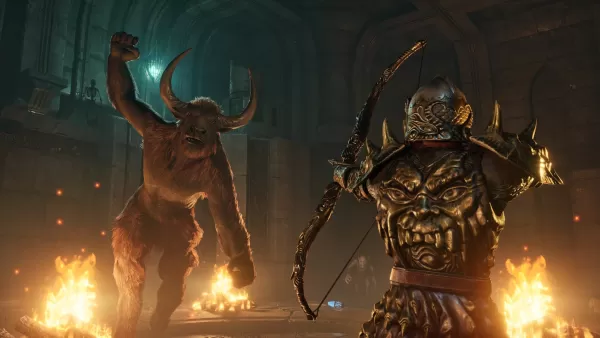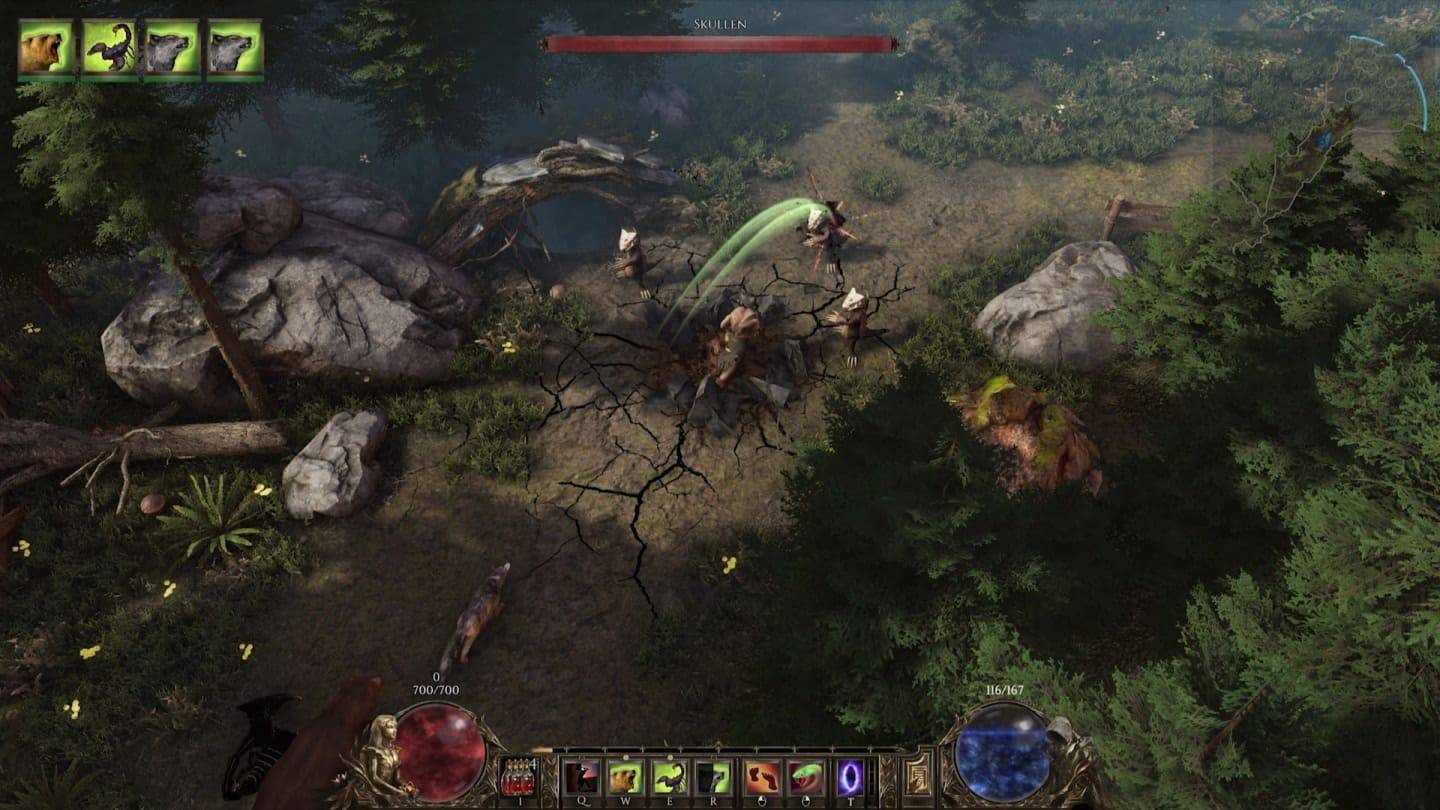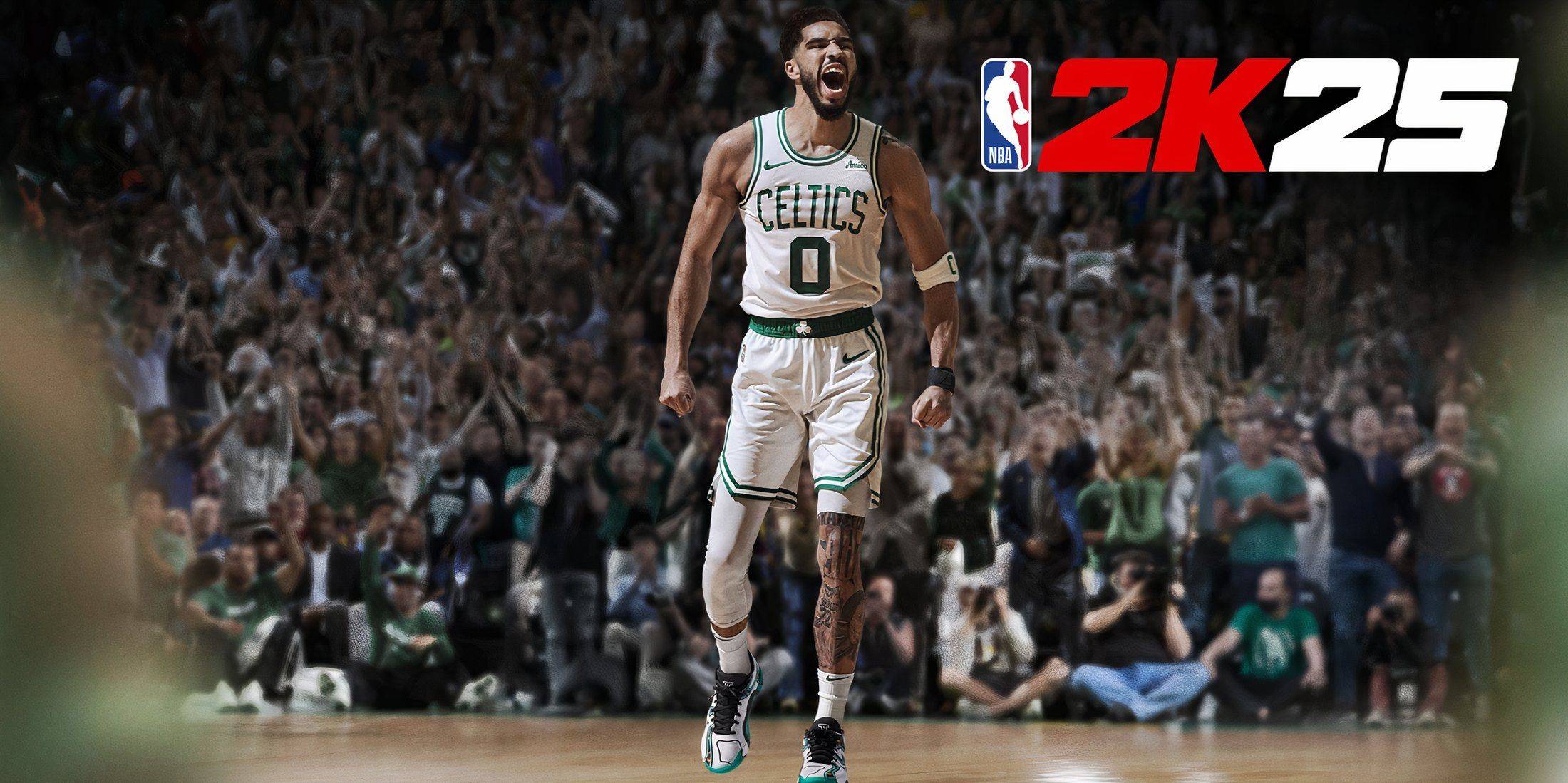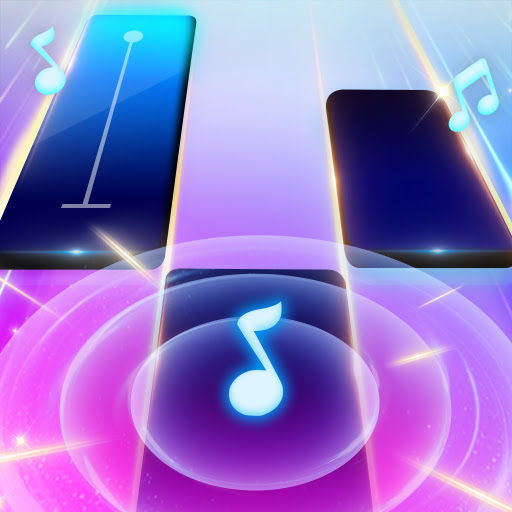When Bethesda finally unveiled *Oblivion Remastered* earlier this week, I was genuinely stunned. Who would have thought that a 2006 journey through Tamriel—once defined by its oddly expressionless characters and blurry patches of low-res greenery—could evolve into the most visually impressive *Elder Scrolls* game to date? Years of underwhelming HD remasters conditioned me to expect minimal upgrades—just look at *Mass Effect Legendary Edition* or *Dark Souls Remastered*, which barely outshine their Xbox 360 counterparts. So when I saw the Imperial City, a place I wandered nearly two decades ago, rendered in Unreal Engine 5 with ray tracing, it felt almost surreal. Not only does it dazzle visually, but it also introduces meaningful improvements to combat mechanics, RPG systems, and more. At first glance, one could easily mistake this for a full-on remake.
I wasn’t alone in thinking that. Many fans have labeled it a remake, and even Bruce Nesmith, senior game designer on the original *Oblivion*, admitted, “I’m not sure \[the word\] remaster actually does it justice.” But after spending several hours with the game, the distinction becomes clear—it may look like a remake, but at its core, *Oblivion Remastered* is very much a remaster.
There’s no denying the visual transformation. Virtuos has rebuilt “every single asset from scratch,” meaning every tree, sword, crumbling ruin, and NPC model you see on screen is entirely new. The lighting, textures, and physics system bring the world up to 2025 standards, making it feel like a modern title. Yet, despite these aesthetic leaps, the soul of the game remains unchanged. You’re still encountering the same characters, navigating the same cities, and battling your way through dungeons just as you did back in 2006. This isn’t a reimagined experience—it’s an enhanced one.
Beyond visuals, gameplay has seen a number of quality-of-life updates. Combat feels significantly tighter than before, thanks to improved animations and camera controls. A reticle now makes third-person combat far more intuitive. Menus have been refreshed across the board—from quest logs to lockpicking and persuasion minigames. The infamous levelling system has been refined, borrowing elements from both *Oblivion* and *Skyrim*. And yes, finally—you can sprint. These changes make the experience more palatable to modern players, yet none fundamentally alter the game’s structure or design philosophy.

New lighting, fur effects, and metallic reflections are just the surface-level signs of a deeper transformation. Image credit: Bethesda / Virtuos
The debate around terminology isn't unique to *Oblivion*. There's no industry-wide consensus on what defines a remake versus a remaster. Some games branded as remasters, like *Crash Bandicoot N. Sane Trilogy*, are practically indistinguishable from full remakes due to their graphical overhaul. Others, like Rockstar’s *GTA Trilogy Definitive Edition*, are little more than texture-upscaled ports. Meanwhile, true remakes like *Shadow of the Colossus* and *Demon’s Souls* rebuild the game from the ground up while staying faithful to the original design. Then there's *Resident Evil 2* and *Final Fantasy VII Remake*, which take wildly different approaches, ranging from structural fidelity to complete narrative overhauls.
In today’s gaming landscape, a remaster should be understood as a graphical enhancement that preserves the original game’s design (with minor gameplay tweaks), while a remake implies a full redesign from the inside out. By this standard, *Oblivion Remastered* fits squarely in the remaster category. Beneath its stunning new visuals lies the DNA of a 20-year-old RPG—complete with long load times behind every door, stilted NPC behavior, awkward dialogue delivery, and combat that still feels slightly disconnected, even after its upgrades.
That said, *Oblivion Remastered* still holds a special kind of magic. Its sprawling world, dynamic faction conflicts, and open-ended storytelling remain compelling even by today’s standards. While newer titles like *Obsidian’s Avowed* showcase what the future of RPGs might hold, *Oblivion Remastered* serves as a reminder of where we’ve come from—and how far we’ve yet to go. It doesn’t reinvent the wheel, but it polishes it to a mirror sheen.
Think of it like a high-definition restoration of a classic film. Just as 4K restorations of *Jaws* or *The Godfather* enhance visuals without changing the underlying movie, *Oblivion Remastered* enhances the exterior while preserving the essence. As Alex Murphy, executive producer at Virtuos, put it during the reveal stream: "We think of the Oblivion game engine as the brain and Unreal 5 as the body. The brain drives all the world logic and gameplay, and the body brings to life the experience that players have loved for almost 20 years."
Ultimately, *Oblivion Remastered* is exactly what it claims to be—a benchmark for what a modern remaster should look like. It sets a high standard for other AAA studios to follow. This is what *Mass Effect Legendary Edition* should have been. This is what *GTA: The Trilogy* failed to deliver. Unlike those examples, *Oblivion Remastered* feels less like a cash grab and more like a labor of love. It looks like a remake, plays like a remaster, and honors the legacy of a timeless classic.

 Latest Downloads
Latest Downloads
 Downlaod
Downlaod




 Top News
Top News









